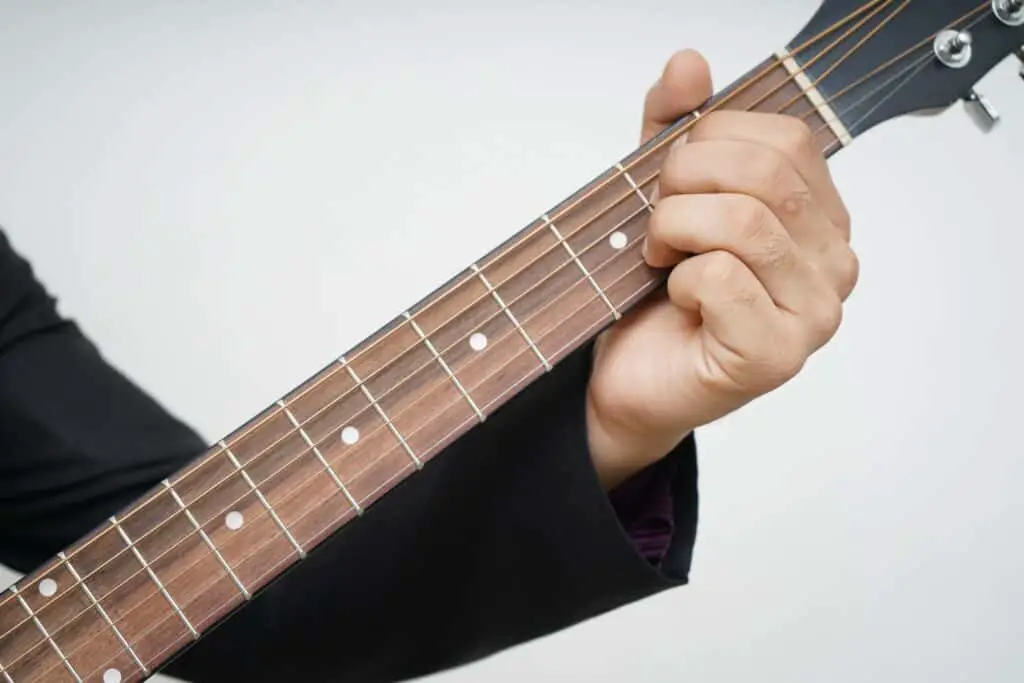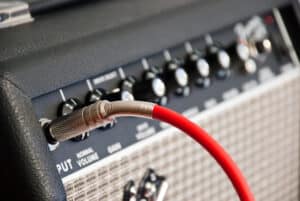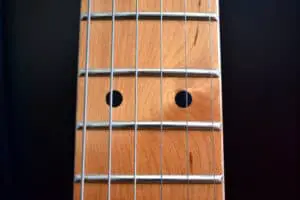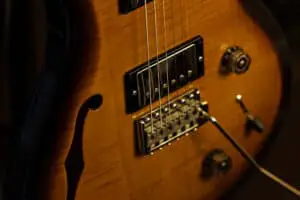
Standard Tuning on the Guitar is when the strings are tuned to E, A, D, G, B, and E starting with the lowest pitched string to the highest. This is the most common tuning for a six-string guitar and doesn’t require any retuning before playing. It’s a great starting point for beginners because it allows you to play a wide range of chords and melodies.
The standard tuning on a guitar is E-A-D-G-B-E. This means that the lowest string (E) is tuned to the pitch of a low E on the piano, and the highest string (E) is tuned to the pitch of a high E on the piano.
This article will discuss what a key signature is and how it relates to standard tuning on the guitar.
Key Signature in Standard Tuning
A key signature is a symbol at the beginning of a song that denotes which notes will be sharp or flat for the rest of the song. This is important to know when playing the guitar, as it will dictate how you need to tune your strings.
It is important to note that the key signature does not dictate how you tune your strings but rather which notes will be sharp or flat for the rest of the song.
Most Common Key Signatures
The most common key signatures are those with one or two sharps (#). However, there are key signatures with up to seven sharps (#) and those with up to seven flats (b).
The key signature with one sharp is typically used in songs in the key of G, while the key signature with two sharps is typically used in songs in the key of D.
Benefits of Knowing Key Signatures

There are a few benefits of knowing key signatures.
First, it can help you to quickly identify which notes will be sharp or flat for the rest of the song. This can be helpful when trying to sight-read a new piece of music.
Second, it can help you transpose a piece of music into a different key. For example, if you are trying to play a song in the key of C but find it too difficult, you could try transposing it into the key of G. This would involve changing the key signature from one sharp to two sharps.
Third, it can help you understand the relationships between notes on a scale. For example, if you know that the note is two and a half steps higher than the last note in a scale that is always sharp, you can better understand how to build chords and progressions in that key.
How to Use It in Practice Routine
There are a few ways to use the key signature to help you with your guitar playing practice routine.
- You can use it to quickly identify which notes will be sharp or flat for the rest of the song. This can be helpful when trying to sight-read a new piece of music.
- It can help you transpose a piece of music into a different key. For example, if you are trying to play a song in the key of C but find it too difficult, you could try transposing it into the key of G. This would involve changing the key signature from one sharp to two sharps.
- It can help you to understand the relationships between notes on a scale. For example, if you know that the note is two and a half steps higher than the last note in a scale that is always sharp, you can better understand how to build chords and progressions in that key.
- You can use it to create a practice routine specifically designed for the key signature. For example, you could create a practice routine that focuses on playing scales in a particular key.
- You can use it to help you understand the structure of a song. For example, if you know that a particular key signature is used in a song, you can better understand how the chords and progressions are related.
- You can use it to help you memorize a song. For example, if you know the key signature of a song, you can better remember the order of the chords and progressions.
- You can use it to help you understand the theory behind a song. For example, if you know the key signature of a song, you can better understand why the chords and progressions are used.
Take Away
The key signature is a symbol at the beginning of a song that denotes which notes will be sharp or flat for the rest of the song.
There are a few benefits of knowing key signatures, such as quickly identifying which notes will be sharp or flat, transposing a piece of music into a different key, and understanding the relationships between notes on a scale.
You can also use the key signature to help you with your guitar-playing practice routine.
Frequently Asked Questions
The easiest way to find the key signature of a song is to look at the symbol at the song’s beginning. This symbol will tell you which notes will be sharp or flat for the rest of the song.
Another way to find the key signature of a song is to look at the first and last notes of the song. If the first and last notes are the same, the key signature is likely to be in that key. For example, if the first and last notes are both C, then the key signature is likely to be in the key of C.
If you’re still unsure, you can always ask a music teacher or another musician. They will be able to help you figure out the key signature of a song.









